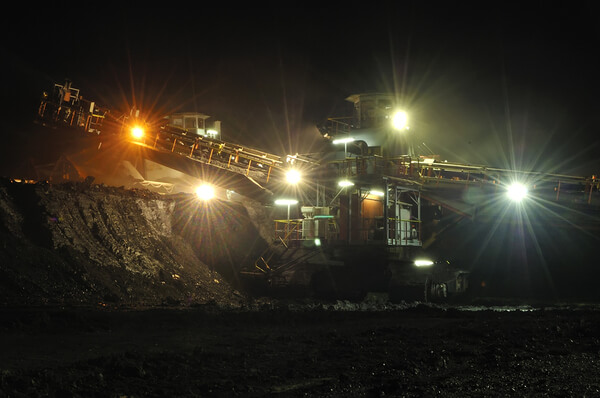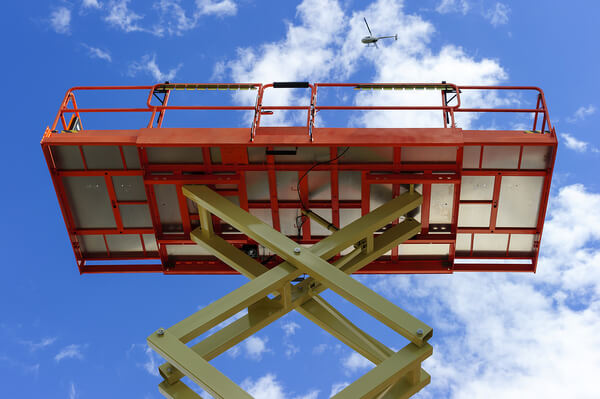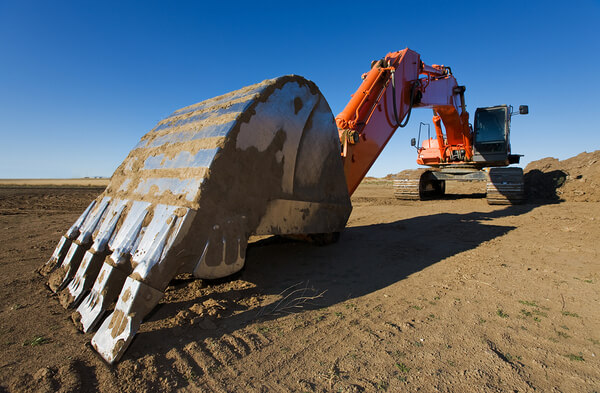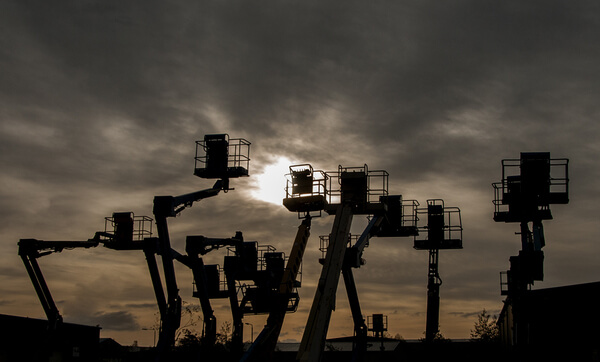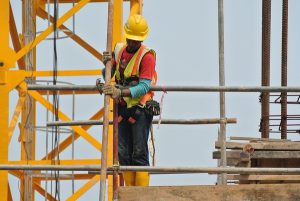
Fall injuries are the most common causes of hospitalization and death in the construction industry. And, unfortunately, the city of Philadelphia has seen far too many falls in too short a time. So the Occupational Safety and Health Administration, or OSHA, is stepping in to address the issue with a new initiative.
A Bad Summer
Between June 13 and July 7th of 2016, there were five falling accidents in the Philadelphia area. The last one tragically ended with a roofing worker falling twenty-five feet and ultimately dying from his injuries. The Philadelphia construction community has come together to mourn and also to ask why this keeps happening.
The main issue is a lack of safety systems deployed while crews are working on roofs. Under the law, any crew on a roof needs to have one of three safety systems in place: Railings around the structure to prevent falls, personal fall arrest systems using harnesses and lanyards connected to anchorage points on the structure, or safety netting around the perimeter of the structure. On all five accident sites, none of these safety features were in place. In fact, it's not clear anyone on the job sites fully understood their legal obligations or the necessity of these systems.
OSHA has responded with a campaign called Grassroots Injury-Illness Protection, or GRIIP. The idea is to gather together workers, union representatives, employers, and other workplace safety stakeholders to educate both about safety and legal obligations. Partially in response to the series of accidents, OSHA will also be increasing the fines for failing to have these systems in place, from $7,000 to $12,500.
Stopping Falls
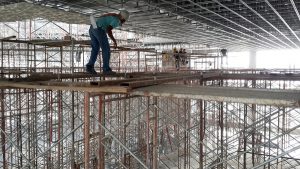
Fall prevention is, or at least should be, a major concern at any job site. In fact, falls are what OSHA issues the most violations over, and are easily the most common type of injury on a site. Even if you're just roofing a two-story structure, fall safety should be paramount. It's worth remembering that even a seeming "short" fall can potentially be fatal depending both on the overall distance and what you might land on when you hit the ground. Even if the crew member doesn't die, they can be hospitalized or even be facing career-ending injury.
Start by reinforcing common sense among your crew. The safety of every crew member is the job of every crew member. Making a risky decision doesn't just put one person, but the entire crew, at risk. A fall can shut down a job site for days or even weeks as OSHA shows up to inspect the site and see if OSHA rules were complied with. That costs the crew valuable hours and the overall job valuable budget.
Next, look closely at OSHA's fall protection requirements, and speak to your local OSHA director to discuss how to properly implement these systems, or to discuss what safety systems you can use if common prevention measures aren't available. Putting safety first means faster, safer construction and a happier crew. If you'd like to know how the proper equipment rental can help protect your crew, contact us.
